Vascular diseases have different symptoms and it is not always possible for a person without medical education to understand them. Each chronic disease has its own clinical picture and requires specific treatment. There is a classification according to the nature of the course of the disease, so a distinction is made between pathologies that occur in mild and severe forms.
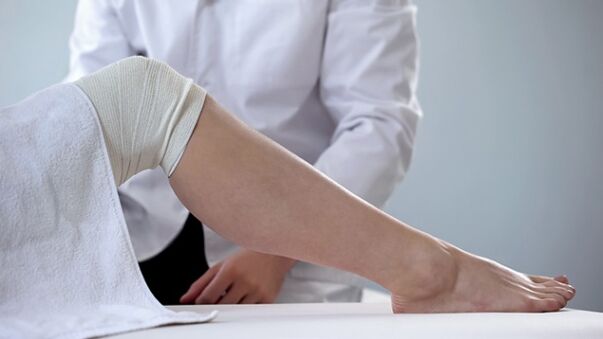
What are reticular varicose veins? What diseases are you talking about? What if you were diagnosed with this? Is he dangerous? How and how are reticular varicose veins of the lower extremities treated? In our article you will find answers to the most frequently asked questions. We will help you understand not only the cardiovascular disease, but also tell you about the causes of the disease, its symptoms and the main methods of treatment.
Reticular varicose veins of the lower extremities: what is it?
The appearance of dilation of thin veins located subcutaneously, a few millimeters in diameter, is called reticular veins or reticular varicose veins. In other words, this type of pathology will manifest as an increase in the venous pattern. The smaller vessels of the upper papillary layer of the dermis are often affected at the same time and telangiectasias - vascular "networks" or "stars" - are formed. The patient develops linear, stellate, reticular, or branched "patterns" of intertwined veins and filamentous subcutaneous veins. They are bluish, greenish, ruby or lilac in color.
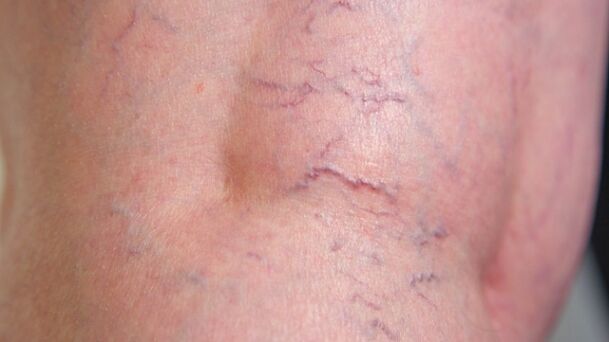
Most often, reticular varicose veins are located in the lower extremities, affecting the veins on the lateral surface of the thigh and upper legs. Varicose veins of both lower extremities in the initial stage of varicose veins are extremely common. It is worth noting that the area of localization of the altered vessels is not only the area of the legs and feet in general, it can be the face, abdomen and other parts of the body. The owners of a pronounced venous pattern on the skin of the feet are usually women, sometimes it is formed in men.
How serious is this diagnosis? Due to the fact that thin intradermal veins are affected, the nature of the disease is classified as mild, the degree of manifestation of venous insufficiency is initial. It is generally accepted that the only inconvenience will be the unaesthetic appearance of the patient, who is diagnosed with reticular veins of the lower extremities. But not all experts hold this view.
Expert opinion
Despite the fact that reticular varicose veins are mostly mild, it is primarily a disease of the superficial veins, which is considered one of the first manifestations of venous insufficiency. If you do not pay attention to varicose veins for a long time, it is possible that the symptom complex will increase and the situation will worsen, to the formation of varicose veins and trophic ulcers at the site of the vascular "network".
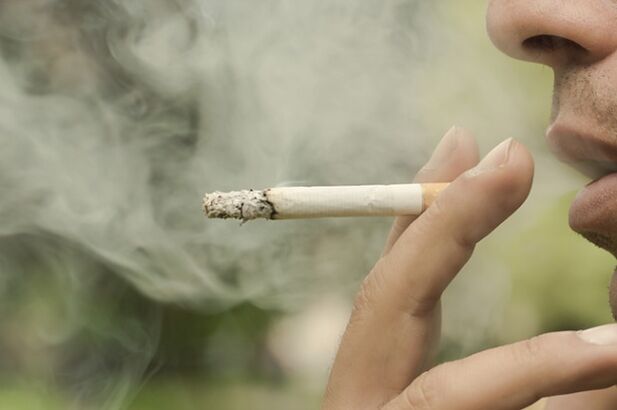
Reticular varicose veins of the legs: causes
In the majority of cases, vascular diseases develop as a result of a combination of factors that cause the pathological process, therefore they are considered multifactorial. However, when studying the pathogenesis of vascular disease, the main reason for the appearance of reticular veins is hereditary predisposition. In individuals with unfavorable combinations of hereditary factors, a certain structure of the venous wall has already been determined, which predisposes to the appearance of varicose veins. Along with this reason there is a congenital weakness of the vascular walls, which occurs as a result of intrauterine exposure to pathogenic factors on the fetus.
In addition to the above, predetermined structural characteristics of the venous canals, the development of varicose veins is facilitated by:
the presence of bad habits - smoking alcohol and tobacco;
unbalanced diet, passion for diets (including vegetarian);
hormonal imbalance and hormone therapy;
pregnancy, abortion, childbirth, menopause;
Overweight;
inactive lifestyle;
hypertension;
severe liver damage;
allergic reactions;
professional activity related to static loads on the legs (work "sitting" / "standing");
wearing uncomfortable clothes and shoes (pressure elements, shaping underwear, tight shoe shoes, etc. ).

Unfortunately, the preconditions leading to the development of reticular varicose veins are not limited to this list. At risk are also the clients of beauty salons who do sugaring, chemical peeling and visit a solarium; and those who visit the gym, doing strength training on their legs, as well as those who choose sports with a high level of impact load (jumping, grabbing, etc. ).
Signs and symptoms of reticular varicose veins
What is the clinical picture of reticular varicose veins? One of the first and often only signs in the initial stage of varicose veins is a clearly visible subcutaneous venous pattern with a reddish-cyanotic color. A network of many of the thinnest vessels appears mainly on the inner and back surfaces of the thighs and ankles. In extremely rare cases, pain may occur when pressed.
Reticular varicose veins are characterized by swelling, tension, heaviness, itching, intradermal hemorrhage, spontaneous fever in the legs and involuntary spasm of the calf muscles.
Ignoring the primary symptoms of the disease leads to its progression and complications. Remember that with absolutely strong dishes, they will never be visible. Therefore, even if the emerging cobweb of the finest threads of the veins does not cause you inconvenience, it is most likely only temporary. Any disease is always easier to eliminate and possibly even without consequences, if treated in time.
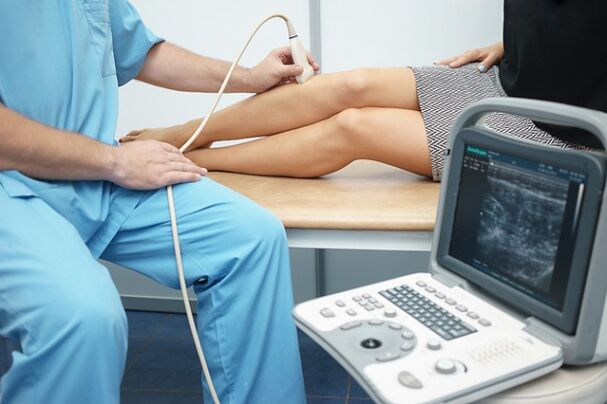
Reticular varicose veins of the legs: treatment
In this section of our article we will talk in detail about how to cure reticular varicose veins. We will answer the most important questions - what should be the sequence of actions if you find signs of varicose veins in yourself, which doctor treats it and many others.
The first step on the road to recovery, in case of detection of one or more symptoms that give reticular varicose veins, should be a visit to the doctor. In this case, you can contact a therapist who will refer you to a vascular surgeon, angiologist or phlebologist, or go directly to those doctors who have a narrow specialization in venous pathologies. Each of them will primarily interview the patient and examine the feet, legs and thighs. A preliminary diagnosis will then be announced and a review plan will be drawn up to establish a definitive clinical diagnosis. The patient examination plan will include the necessary diagnostics - laboratory and instrumental. In order to obtain maximum information about the condition of the deep veins, the severity of the changes in the superficial veins and the consistency of the perforating veins, the patient will be assigned an ultrasound scan. Based on the results of the examination, the doctor will assess the signs of the disease, select the optimal treatment and give recommendations.
How are reticular veins treated? Their treatment, as well as the treatment of any vascular disease, is carried out in two ways: conservative and operative. Each of the methods includes a set of methods.
Conservative treatment of varicose veins includes recommendations from experts on lifestyle and diet. Unfortunately, despite the obvious benefits of the principles of good nutrition and healthy living, we do not give these concepts the necessary level of importance. All systems and organs of the human body will never function normally in the presence of bad habits and lack of moderate exercise, good rest, proper daily routine and nutrition.
Proper nutrition helps to improve health and prevent all diseases.
For a patient with developing varicose veins:
it is not recommended to eat smoked, spicy, fried foods, and it is also necessary to reduce the consumption of salt and pastries;
it is not recommended to take significant breaks between meals and to starve;
a large amount of berries, fruits, vegetables and herbs should be maintained stable in the diet;
Eating whole wheat, rye, oats and barley for breakfast can be helpful.
it is better to give preference to fresh juices than to carbonated drinks.

It is difficult to restore your normal behavior according to the basics of a healthy lifestyle and start eating only at the beginning. By making an effort and following the doctor's recommendations, the patient will significantly contribute to improving the quality of his own life.
Reticular varicose veins provide treatment with water treatments at home. The contrast foot shower stimulates blood circulation, optimizes the function of the valvular apparatus of the veins and increases the tone of the venous wall.
Expert opinion
Elimination of the symptoms that provoke reticular varicose veins requires medical treatment. The effect on the veins is carried out in a complex way: internally - with tablets and capsules, as well as externally - by applying an ointment, gel or cream. Medications are also used to prevent disease progression and eliminate the risk of complications.
For these purposes, doctors prescribe preparations from the venotonic group, based on synthetic and natural plant components. These funds have a wide range of therapeutic action and have a systemic effect:
help improve blood circulation;
elimination of the pain syndrome and the feeling of heaviness in the legs;
have a positive effect on the strengthening of the vessel wall and capillaries;
prevention of the development of puffiness;
stopping the inflammatory process;
help get rid of hematomas and more.
The dosage of drugs and methods of their use are prescribed by the attending physician, taking into account the signs of varicose veins and the dynamics of its development.
Particular attention should be paid to such a factor in the development of vascular pathologies as pregnancy and in particular how exactly to treat reticular varicose veins during this period. When carrying a fetus, all methods of treatment should be as safe as possible.
To reduce reticular varicose veins, including during pregnancy, experts recommend compression underwear.
These can be knee-high, stockings or elastic bandages. The compression class directly affects the type of underwear - it can be both prophylactic (0-1 degrees) and therapeutic (2-3 degrees).
In cases where reticular varicose veins need to be eliminated immediately or the disease progresses rapidly, miniphlebectomy, laser treatment (photocoagulation), microsclerotherapy of telangiectasias and sclerotherapy of reticular veins are used. Which method is most suitable for the treatment of reticular varicose veins is determined by the doctor individually for each patient.
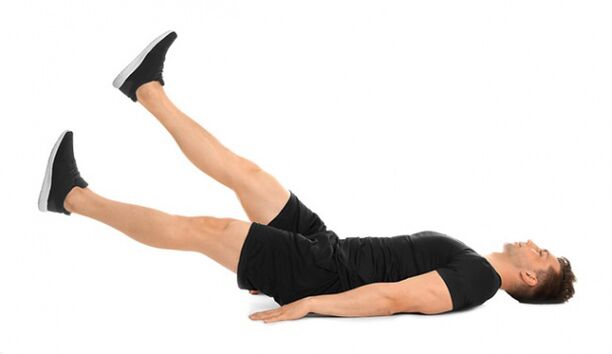
Reticular varicose veins: gymnastics
In order to normalize the processes of lymphatic outflow, venous blood flow, peripheral blood circulation and to increase the tone of the veins, experts recommend the systematic implementation of therapeutic exercises.
The set of exercises is not difficult and varied. For each patient, a specialist in the gym will compile a program of 3-5 movements, which will need to be performed at least twice a day, 10-15 times per approach. The exercises will be tailored to the patient's physical capabilities, age and other characteristics.
The most popular exercises are considered to be "birch", "bicycle", "scissors", rolling from heel to toe, walking on the spot and others.
The specialist will tell you how to properly perform this or that movement and will tell you what to avoid when choosing exercises yourself.
Reticular varicose veins: treatment with folk remedies
Some patients who have reticular varicose veins of the lower extremities are interested in the question, is it possible to treat with folk remedies? The use of alternative medicine methods as part of complex therapy is not excluded.
With the help of folk recipes for internal and external use, the symptoms can be relieved. Based on the results of many years of experience, it is considered to be extremely effective products based on garlic, birch buds, horse chestnut, vervain, nutmeg, whale and natural apple cider vinegar.
As a rule, most popular recipes have no special contraindications, but it is always worth remembering that self-medication can cause irreparable damage. Therefore, the use in the treatment of varicose veins of any prescription for alternative medicine, even the most seemingly harmless, should always be agreed with the attending physician.
Contact a specialist for an accurate diagnosis.























